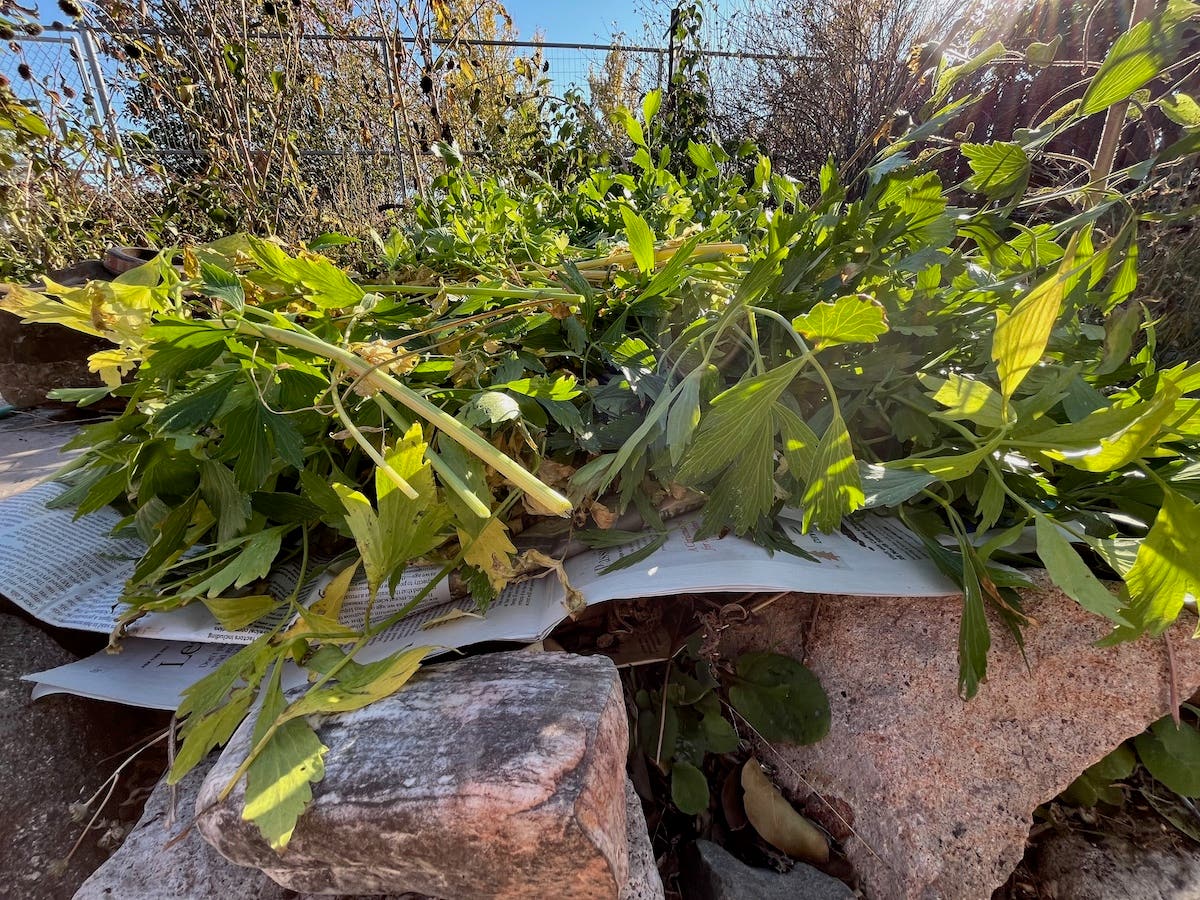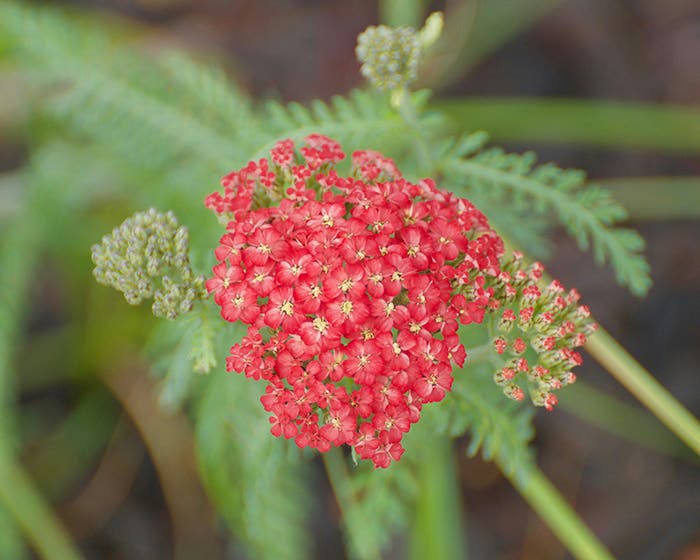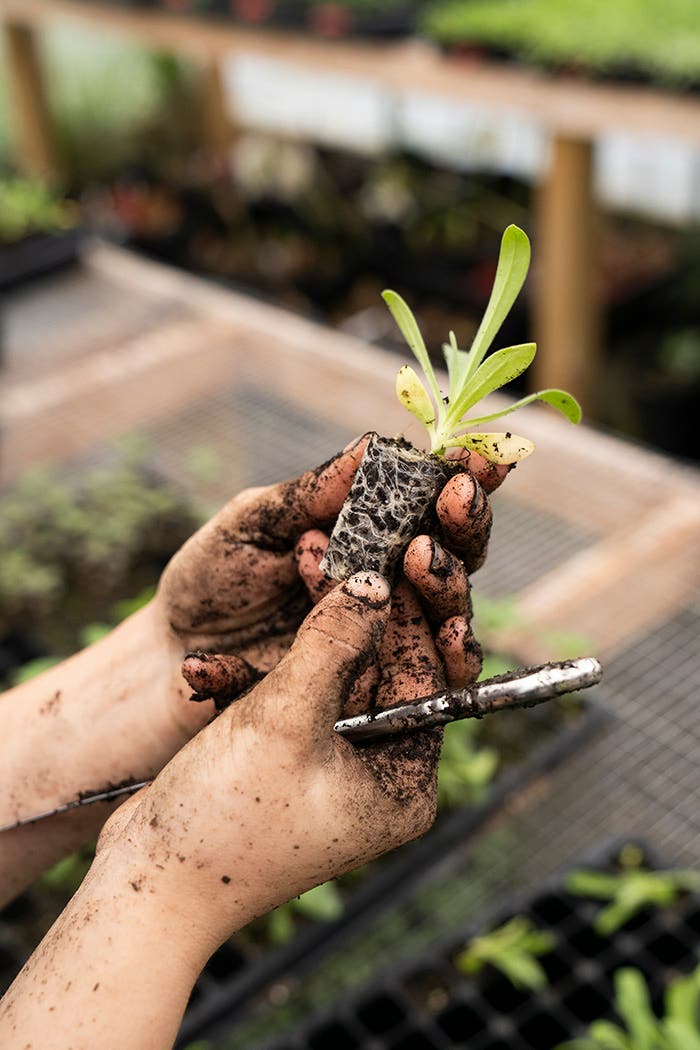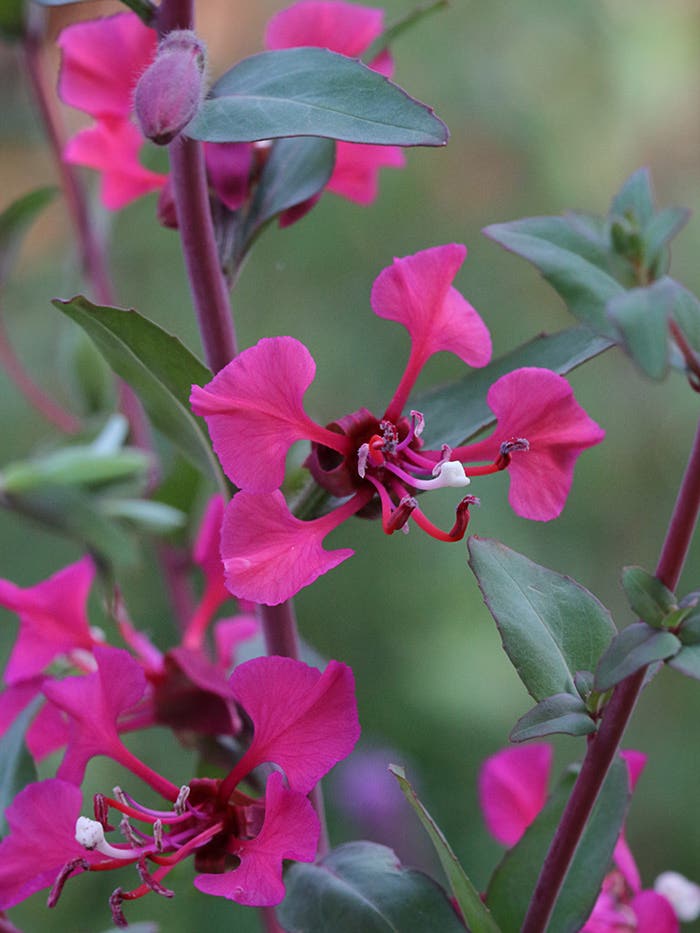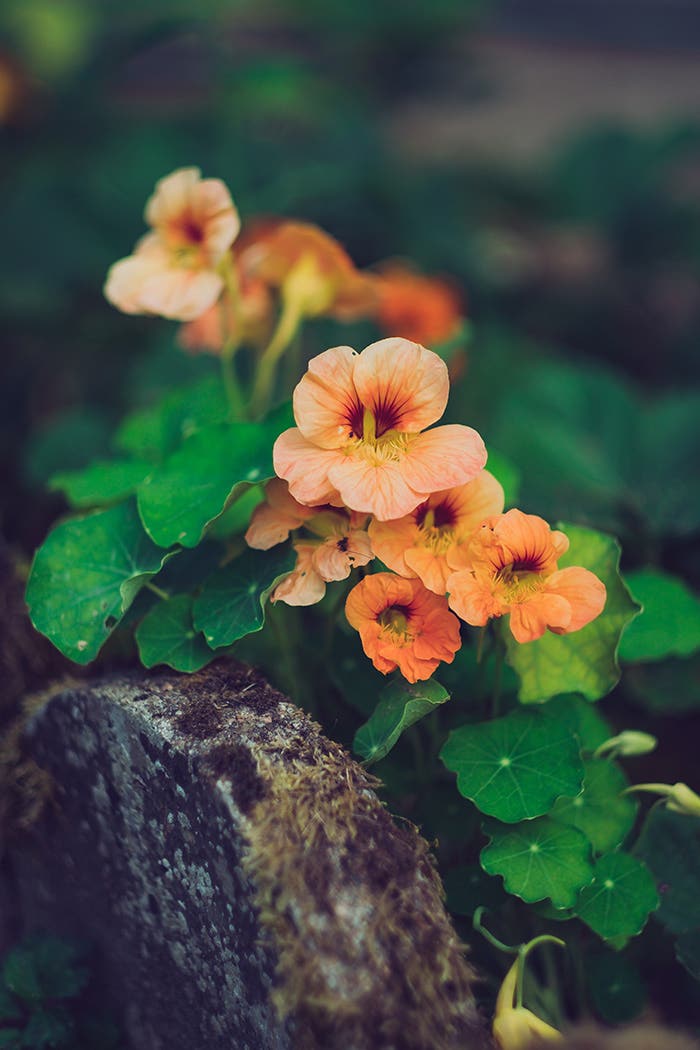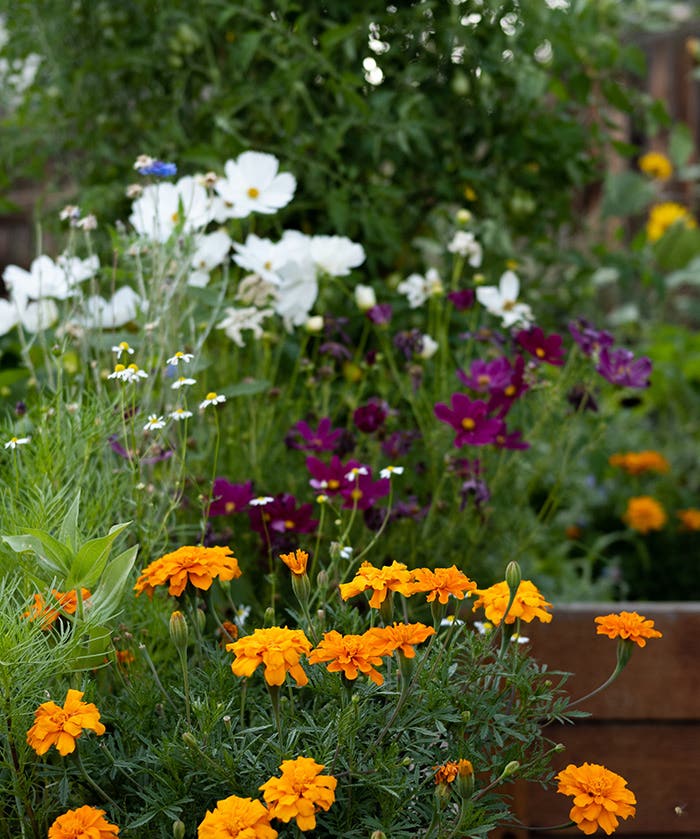Organize Seed Packets Before You Sow
Text by Niki Jabbour for the January/February 2014 issue of Horticulture. Confession time! My seed boxes are a disaster and it’s time to take advantage of the winter break to…
Text by Niki Jabbour for the January/February 2014 issue of Horticulture.
Confession time! My seed boxes are a disaster and it’s time to take advantage of the winter break to get organized. Plus, I’m almost ready to place my annual seed orders and a quick inventory of those messy boxes will ensure I order exactly what I need. Going through my current seed stores also gives me an opportunity to check the dates on each packet, removing any that are more than a few years old. Most vegetable seeds will last two to five years if property stored in a cool, dry place, but germination rates decline with each passing year.
Seeds can be organized by crop type, growing season or alphabetically. Here are three great storage options:
1. Look for a photo album with pocketed plastic sleeves to hold your seed packets. Depending on the size of the album, you should be able to fit four to six packets per page. The advantage to this system is that each will be visible and easily accessed.
2. Plastic or cardboard photo storage boxes are inexpensive, widely available and make another convenient organizer for seed packets. Separate crop types with labeled file cards; you can make your own from sturdy kraft paper.
3. Seeds you harvest can be kept in paper envelopes, but old film canisters or pill bottles are also handy, sturdy and easy to corral in a shoe or photo box. Just be sure to label them with crop type, variety and year collected.
To increase the storage life of my seeds, I keep the small packets of silica gel that come with new purses or shoes and toss them in my seed boxes to absorb moisture. If you have any seed packets that you don’t plan on using, donate them to a local community or school garden, or trade them with fellow veggie gardeners.
Image credit: MonaMakela / iStock / Getty Images


